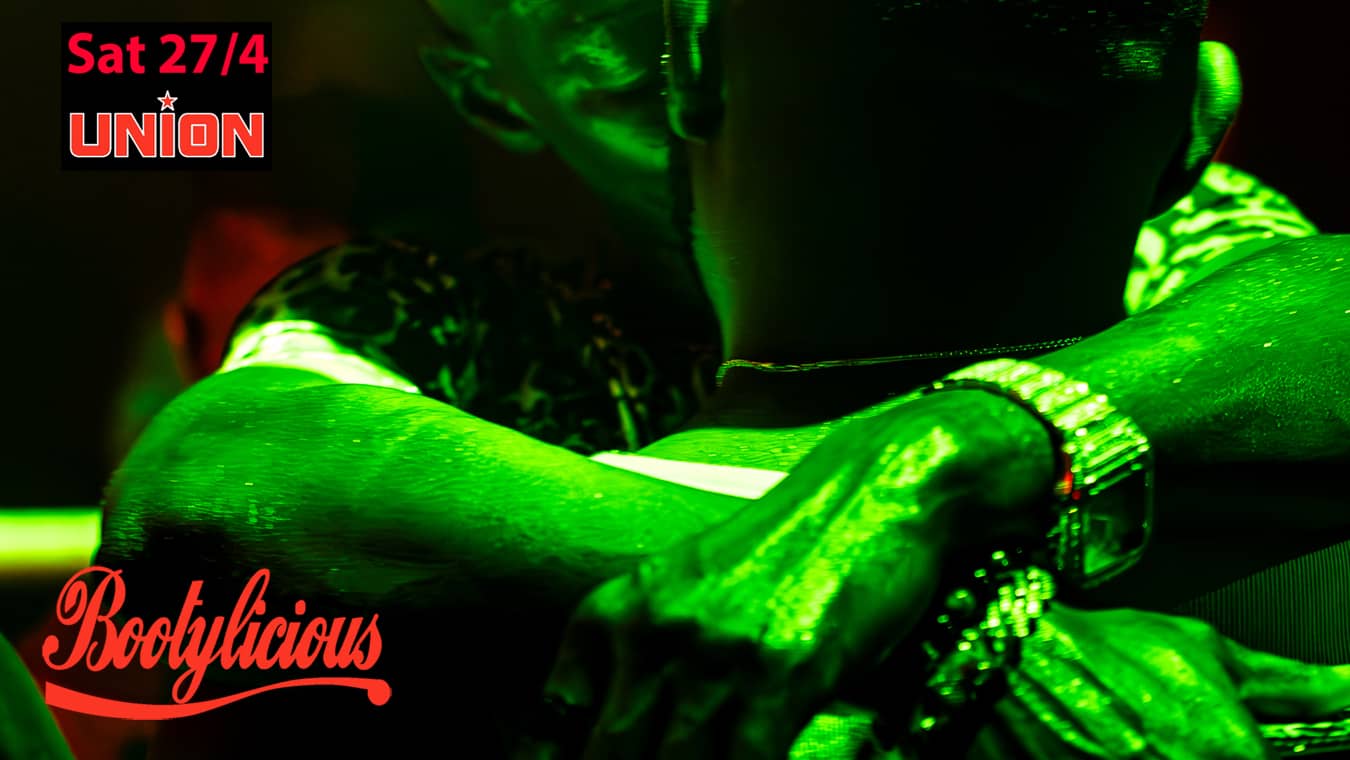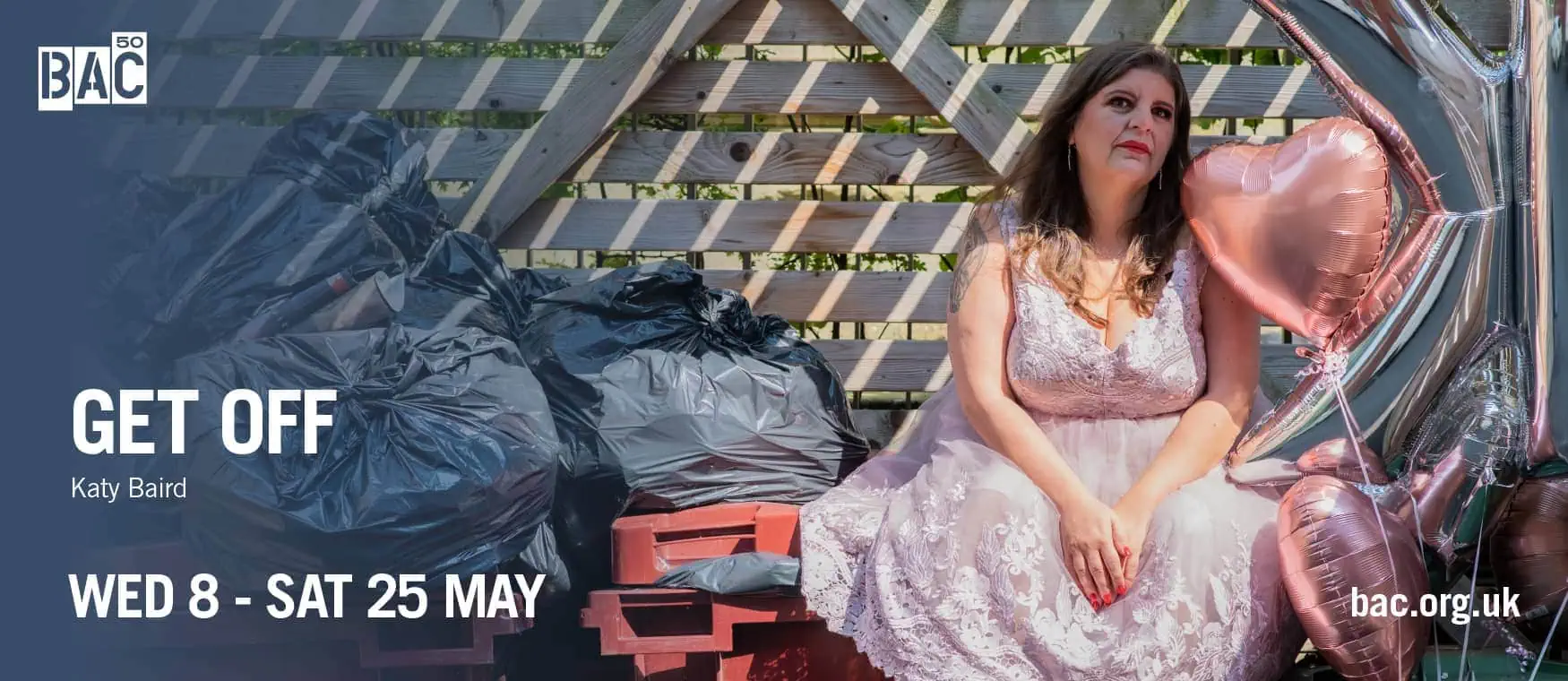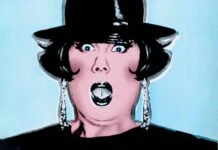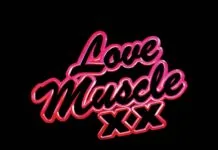The gay world’s view of leather has evolved to embrace a number of different traditions. Borne out of a desire to celebrate real masculine ideals in a culture that viewed homosexuality as weak and effeminate, the leather movement is now an essential part of every major gay scene, but is leather just another form of drag?

Maybe it’s this tension, a conscious playing with power at the heart of our sexuality, that gives it such appeal. I always remember standing in the crowded bar at HOTWIRED 2013, surrounded by gorgeous men resplendent in their leathery armour, when my friend leaned in and said “On the right they’ll be discussing X-Factor, and on the left Strictly Come Dancing”. It humanised a group of guys who were trying to look both available and intimidating, and reminded me of my ex’s brilliant put down when faced with some serious leather attitude: “Leather? It’s just another form of drag”.
So is it? I asked Bas Stronks, MR HOIST 2015, what leather meant to him. For him it was the conscious adoption of a lifestyle in which leather formed a vital and constant connection to his masculinity and sexuality. He acknowledged the way leather crossed over into other scenes – BDSM or the Fetish scene for example, none of them gay preserves. He saw it as a scale, and part of his role as MR HOIST was to encourage those who were attracted by the same lifestyle he was twenty years ago, to take their first step in finding their place on that scale.
“Maybe it’s this tension, a conscious playing with power at the heart of our sexuality, that gives it such appeal.”

For Mike from North London, a Leather Master with over twenty years’ experience, there was a distinction to be drawn between leather as lifestyle and leather as part of a game. Living in a quiet suburb, he had a fully equipped dungeon, and a wardrobe full of leather that he cheerfully admitted to never polishing. For him the competitive element symbolised by organisations like BLUF (Breeches and Leather Uniform Fanclub) was pretentious and point scoring. He attended one event and was reprimanded for not having a proper Muir cap.
What he provides for his ‘boys’ – who regularly troop to his door to see ‘Sir’ – is a one-stop shop fantasy, an illusion that starts the moment they contact him online. In fact it is the seamless nature of this fantasy that drives him on, where his immense experience often allows him to perceive what his boys want. It is a performance in which he never compromises his authority, so much so that on the odd occasion he has run into one of his boys outside of a playdate, the illusion is broken and the boy never returns. This suits Mike, a self-confessed Sadist who relishes the way that dressing in leather transforms him. “If the boy wants a flogging and I’ve had a bad day at work, it’s perfect!”
“If the boy wants a flogging and I’ve had a bad day at work, it’s perfect!”
Bas on the other hand was keen to stress that he never felt like he wasn’t himself when he wore his leather, and that he was happy to be seen out in public at appropriate events, as an ambassador. Mike, however, didn’t socialise in leather; there’s just too high a risk of loss of control, which was central to his self-image. In private that control was absolute, which was part of the appeal, whereas Mike’s dominance could be seen as a real act of generosity.
Although there are differences, what really struck me was the clear understanding of what leather meant to them and their absolute commitment to it. Whether lifestyle or game, leather shares with drag a sense of its own extremism – a determination to celebrate diversity without shame or apology. But whilst both drag and leather draw on performance, drag is deemed more comfortable to the mainstream because it desexualises gay men, whilst leather explicitly glories in it.
To quote Jack Rinella, author of the classic ‘Handbook of Erotic Dominance’ The Masters Handbook: ‘leather is the man I want to be and the men with whom I want to share that being’.
More: Leather Lovers
Fetish Identification Guide
Get Into Gear For Fetish Week











